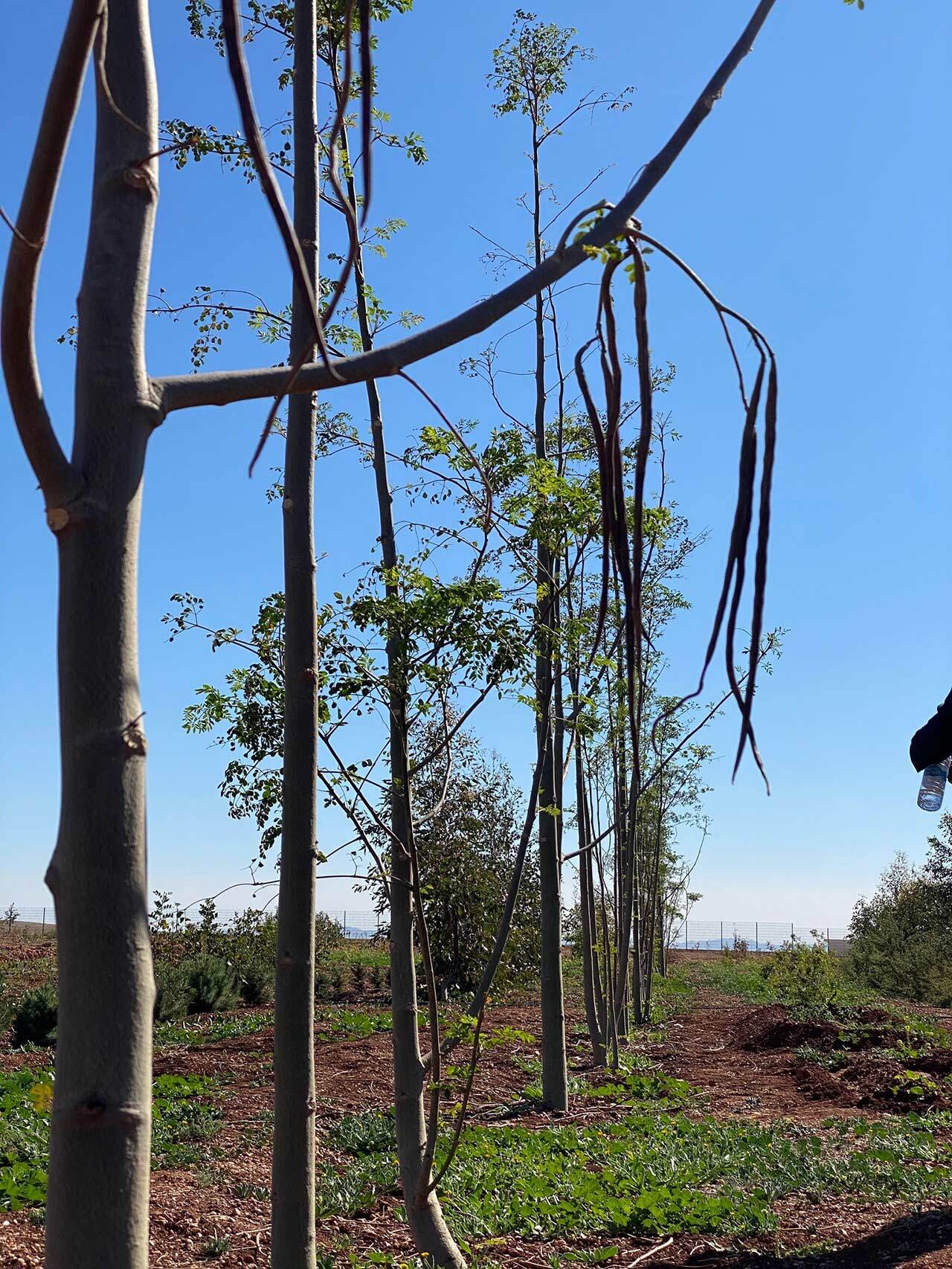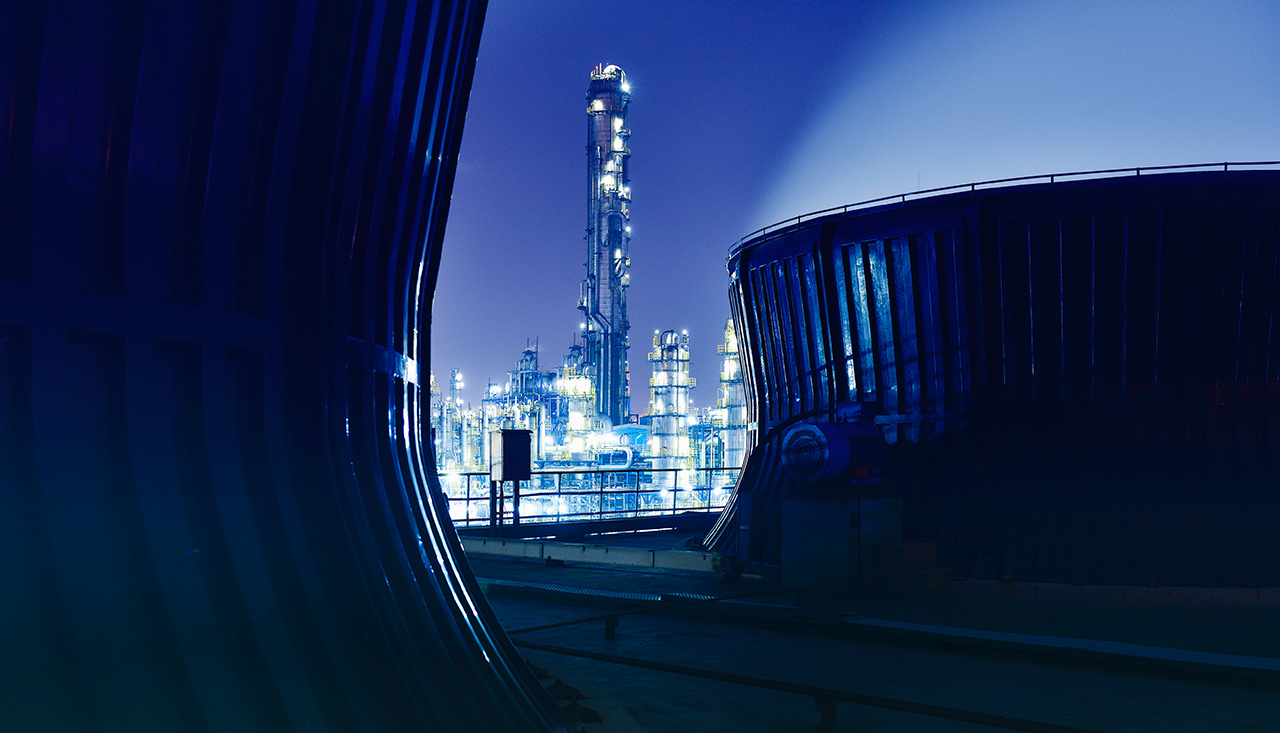The key to a sustainable carbon cycle lies in reducing our ever-growing carbon debt. Our climate is like an overflowing cup and we need to stop filling it up quicker than we can drain it. Luckily, there are ways in which we can do just this, and the carbon that we have released into the atmosphere offers us opportunities we have not yet even fully grasped. We have an abundant resource at our disposal, which we can use to reduce the CO₂-intensity of our energy system.
Everything starts with the realisation that we can, in fact, reduce the amount of already emitted carbon by sequestrating CO₂ directly from the air, and at the same time displace fossil energy sources with renewables, and capture CO₂ from industrial processes. Figuratively, we can start emptying our already overflowing cup.
The great advantage of renewable energy production is that it emits very little fossil CO₂ into the atmosphere. Bearing this in mind, the combustion-based energy production can be decreased, but for us to actually achieve our ambitious climate targets, the change should also apply to biomass-based energy.
There are a few solutions that we can turn to:
The advantage we can achieve through solar, hydro and wind depends on the commitment from the world’s nations. It’s also worth noting that different geographical regions have different conditions for renewable energy production. Solar energy is more suitable in the Mediterranean countries than in the Arctic region, and for wind power it’s the other way around.
Whatever the global community or the EU decides to do with continuously growing greenhouse gas emissions, we need to start sequestering the atmospheric CO₂ already emitted. It has to be done immediately and on an unprecedented scale. We must start paying the global carbon debt - now. The good news is that we already have a well-functioning tool that’s globally recognised: nature’s ability to absorb carbon. As we live our daily lives, we emit carbon through our activities. We drive, we produce goods, we travel, we send packages around the globe. Whilst this is happening, nature – the soil, plants and trees – is absorbing a part of our emitted carbon. Not all of it, but a very crucial amount. So, should planting trees and increasing forest plantation areas be considered as one of the solutions for climate change? The afforestation and reforestation possibilities exist and are already noted in every international climate agreement as efficient and cost-effective tools.
This is good news! We are, unfortunately, extremely slow in deploying these methods. In many areas, like the Nordics, the natural forests are still growing, and are, to a large extent, managed sustainably, and in East Asia, there is a tremendous increase in forest areas due to rehabilitation activities. Globally, however, we are moving in the wrong direction. Extreme weather conditions such as the devastating forest fires in Australia, and the constant increase in meat demand leading to Brazilian rainforests being burned for grazing lands, should already be forcing us to think. We need to preserve the ‘lungs’ of our Earth better. It is everyone’s responsibility to acknowledge how our population growth, and therefore the increase in consumption, takes a toll on our planet. These consequences apply to us all, we need to understand that more sustainable living is needed.

St1 ran a Carbon Farming pilot project in Morocco between 2018 and 2022 in order to explore climate change mitigation through carbon sinks created via afforestation.
The carbon sequestration capability of a forest or a single tree depends on the age and the tree species. For this reason, the carbon sequestration capability of our carbon sinks should be highly important, and we should focus on increasing forest plantation areas in order to promote versatile, and effective, carbon sequestration. In order to make that happen, we should create incentivised mechanisms that promote this kind of vital development. One way to incentivise nature-based carbon sequestration is to motivate the market and drive investments in carbon sequestration. We need mechanisms that promote sequestration efforts like afforestation, but today we do not have these tools in place. This however should not be the only solution to reduce our carbon debt, and it should not be a get out of other efforts for large emitters. If we are serious about restoring the balance to our carbon cycle, we need to consider and use all the means available. Nature is the oldest tool we have and we should utilise it.
In conclusion, for us to balance the carbon cycle we have disturbed during our anthropocentric era, we need behavioral change and systematic energy efficiency. Our current consumption patterns are overloading our very own planet and we need to change. Becoming more efficient in terms of societal energy and resource consumption gives us opportunities. Developing our energy intense processes to make them more efficient, and introducing more circular solutions to our current offerings gives us the potential to change the way we live. Imagine a world where we would not need to harvest or mine any resources for our production processes; a world where we have achieved a closed loop carbon cycle, and a resource efficient economy through the use of circular business models and efficient recycling methods. This world is completely plausible and achievable - it is up to us all to change the way we live and do business.

Direct electrification of the road transport sector is a positive development, but it does not really address the global energy challenge as it stands today.

Large-scale electrification is an absolute requirement for the transition toward a less carbon intensive energy system.

